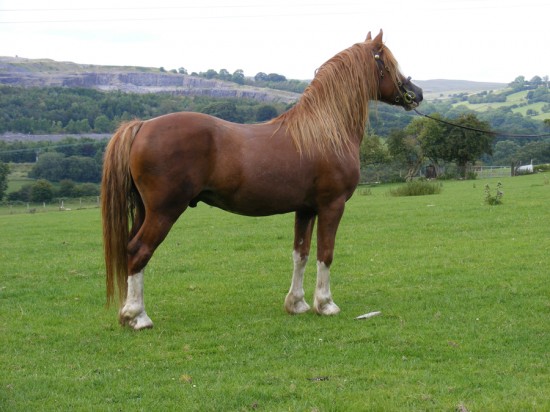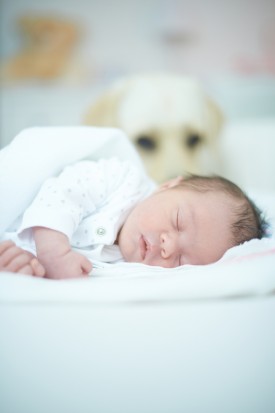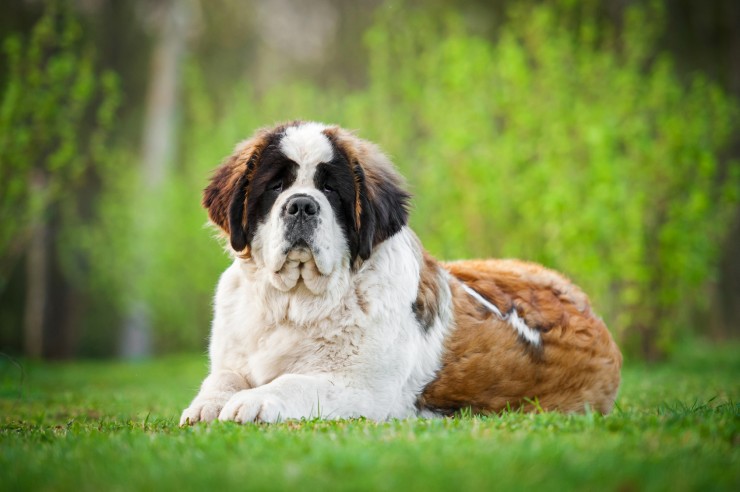
Everyone has met a jumpy dog before. You enter the dog's home and immediately a dog is flying through the air at you or else bouncing up trying to reach you. As endearing as this can be, it can cause a problem for some. For people who are somewhat afraid of dogs, children, or even the elderly, a jumping dog could be a traumatic experience that could end with injury.
The first step is to understand why a dog feels the need to jump at all. If you take a trip to the dog park, you will begin to notice the way that dogs interact with each other when they meet for the first time. The first thing they are likely to do is to sniff the others face. This is simply a way of greeting and getting to put the dog's scent with its face - in short, learning just who that dog is. In most situations, a person's face will be much higher up than a dog's, and so the dog, not having been trained or taught otherwise, will jump up to try to reach your face to greet you in the same manner.
Unless you can be certain that your dog will never encounter the elderly, very young, disabled, or those people afraid of dogs, this is a behavior that should not be tolerated.
Over the centuries, dogs have generally been bred to be very submissive towards humans. They will seek our approval and our affection, and try to shy away from those things that displease us. When you get home, your dog will probably be very happy to see you. He will jump up, trying to say hello in the best way that he knows how. Your best approach will simply be to ignore him until he begins keeping all four paws on the ground. As soon as you see that, give him lots of love and affection. Before long he will begin to make the connection between not jumping, and getting attention.
You may need to work through some training exercises with your dog. It will be much more effective to go through the routine several times in a row than simply to repeat it every time you enter the house. As soon as your dog jumps up, ignore him, but stand straight and look away. When he is no longer jumping, pile on the praise. If he tries to jump up again, repeat this.
Once your dog is on the path to understanding, you may try throwing in some other cues. See if he will sit when you enter the door. Try this by opening the door just a little, giving him the command to sit, and then entering and praising as soon as he does so. Once he has the hang of this, try him out on a couple of friends and neighbors. Instruct them to follow the same rules you did and see how he reacts to different people. If he jumps again, the training will have to go on just a little longer.
Dogs are creatures of habit and routine. They form expectations and schedules, including feeding, potty and playing time. To learn more about your canine, including topics such as canine dog health and canine dog care, visit CanineTouch.com.
 Top Dog Friendly Beaches Around The Uk
Top Dog Friendly
Top Dog Friendly Beaches Around The Uk
Top Dog Friendly
 Horses And Ponies Native To The British Isles
Horses And Ponies
Horses And Ponies Native To The British Isles
Horses And Ponies
 Winter Weather Tips for Your Pup
Winter Weather Tips for Your Pup
Its 2016, you
Winter Weather Tips for Your Pup
Winter Weather Tips for Your Pup
Its 2016, you
 How Do Male Dogs Respond To The Addition Of A New Baby Into The Home?
How Do Male Dogs
How Do Male Dogs Respond To The Addition Of A New Baby Into The Home?
How Do Male Dogs
 The Saint Bernard And Heart Disease
The Saint Bernard
The Saint Bernard And Heart Disease
The Saint Bernard
Copyright © 2005-2016 Pet Information All Rights Reserved
Contact us: www162date@outlook.com